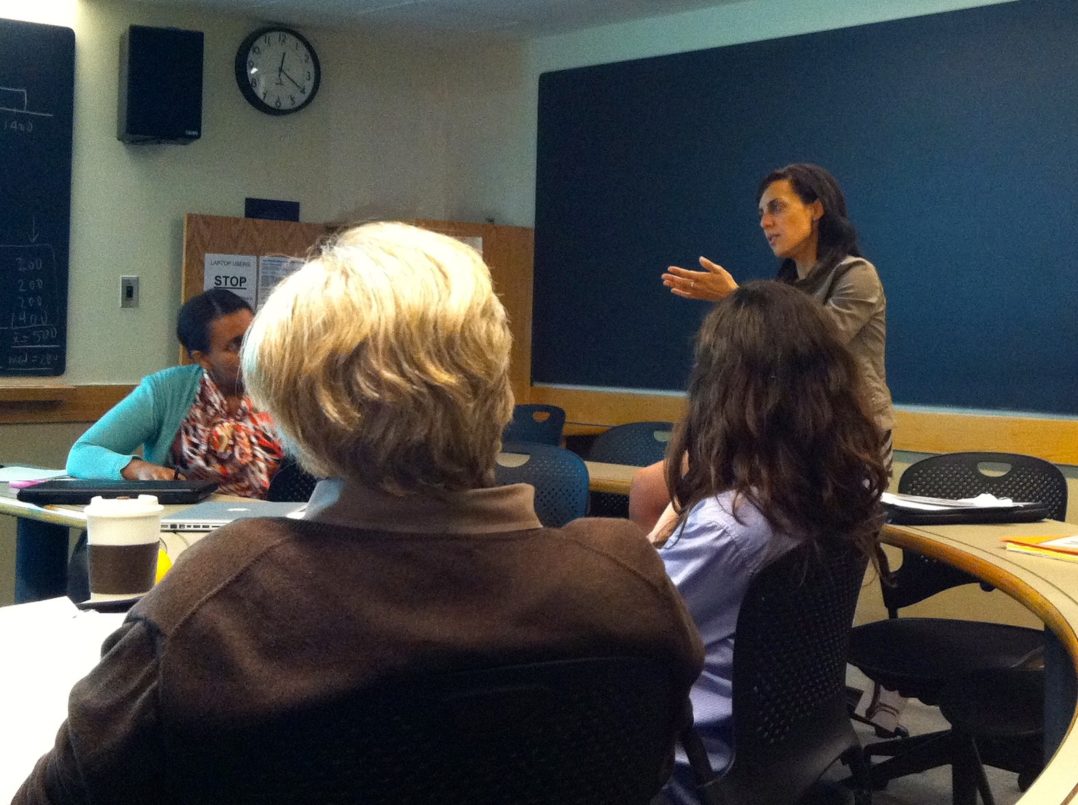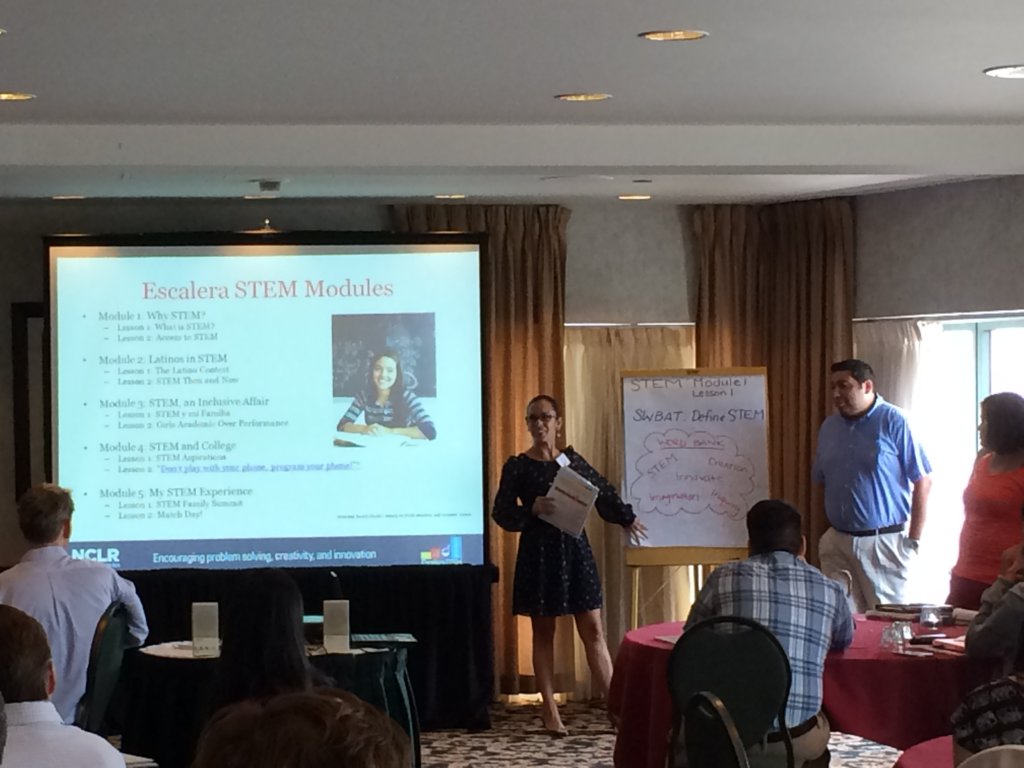How One U of AZ Math Professor Advocates for Latinx-Serving STEM Studies

Growing up in Rosario, Argentina, University of Arizona (UA) math professor Guadalupe Lozano rarely heard or paid any mind to stereotypes that young women like her weren’t set up to participate in the STEM fields, i.e. science, engineering, technology, and math. In fact, both her father and mother had already broken those barriers as first-generation doctors in the 1960s.
However, after more than two decades studying and teaching math in the United States, Lozano has seen how those negative stereotypes can limit the professional prospects of other Latinx people. She’s been working to change that by looking at how to enhance UA’s role as a Hispanic-Serving Institution (HSI), especially for Latinx students who were born in the United States, one of the most underrepresented groups in STEM studies.
Lozano first noticed these discrepancies while attending conferences focused on best practices in math teaching, where she learned that there were far fewer U.S.-born Latinx professors than there were immigrant ones like herself.
“This reality got me interested in working more intentionally on STEM equity alongside colleagues who were calling out the math profession as a white male dominated discipline,” she says. “Many students come into the classroom without a clear sense of the role math plays in their day-to-day lives and how it can contribute to their professional success, but this is specially jarring for Latinx ones.”
She has since dedicated her research to how math is taught at the K-20 level, and how she could improve college math instruction by moving it from a process of memorization to one of critical thinking that has meaning for all students. In 2016, she applied for and won a grant from the National Science Foundation (NSF) to identify initiatives that could help students attending two-year HSIs transition into university programs that not only expand students’ minds but help them plan for a viable career path upon graduation.
“It’s hard because the connections between the university and the community colleges, when those ties exist, tend to focus on what credits will transfer, or the quickest pathway to a degree. They don’t tend to be about what actually happens in the classroom, or about intentional mentorship for a future career,” says Lozano. “That led to looking at this project as something that could disrupt the injustice that happens for Latinx and other non-traditional students during this academic transition.”

In 2017, she won a second NSF grant to help University of Arizona headline a conference to transform STEM education at HSIs in the United States. At UA’s conference, participants from more than 40 educational institutions broke into focus groups to discuss five themes. Those included forging partnerships that enhance the transitions from two-to-four-year HSIs; promoting more undergraduate research for better career readiness; developing more innovative and inclusive teaching methods; mapping HSI opportunities and challenges to recruitment and retention; and last but not least, meeting HSI students where they are by making STEM subjects more culturally relevant.
“There were no presentations at our conference; it was just working groups,” says Lozano, noting that the two days of focus group conversations were later transcribed into a 350-page log from which they extrapolated a report titled Transforming STEM Education in the United States: A Consensus Report.
“We realized we had a lot of awareness raising to do on what it means to offer culturally based teaching,” she says. “What does it mean for advising and mentoring, for the curriculum or the pedagogy itself? The things we know typically work for most students may or may not work as well for particular cohorts of students. We also know U.S. higher education institutions are traditionally built on white power structures which aren’t necessarily community-oriented.”
For example, STEM needs to be better defined within a framework that intentionally encompasses community, culture, and identity, not only for the students but for their parents. She says inviting students and their families to campus to have a look around may not be enough outreach because the families need to see how it directly impacts their communities.
“If you have faculty talking to parents, that’s probably not going to go very far,” says Lozano. “But if you have parents of Latinx students talking to parents of Latinx students, or making videos for parents of Latinx students, or if you have faculty going to the neighborhoods of parents of Latinx students, or forging meaningful community-based partnerships, those are all seemingly minor things that could go a long way in getting family buy-in while raising our institutional understanding of who our students are and what might it truly means to serve them.”
UnidosUS education team couldn’t agree more. In fact, this kind of research compliments the work they’re doing with their own projects. Those include the Children Investigating Science with Parents (CHISPA) program which harnesses the parent engagement programPadres Comprometidos and after-school programs at Affiliates across the country to provide science workshops in informal settings, and the annual STEM Youth Summit bringing together senior engineers, STEM providers, and high school juniors for hands-on activities related to careers in STEM fields.
“We know Latinx youth bring strengths and values from their family and culture to the classroom, and our programs support a community-based approach to STEM learning,” says María Moser, UnidosUS’s Senior Director of Teaching and Learning. “When families are visiting a science museum for the first time through CHISPA, or a local Latinx engineer comes to tell students about their work and career path, we see the strength of a community and family working together.”
And likewise, these types of initiatives can help universities like UA do better outreach with the underserved students and their families.
“That’s of paramount importance to a lot of the kids that come in and end up being STEM majors,” Lozano says. “They need to be able to say I’ve found sort of way of giving back to the community.”


